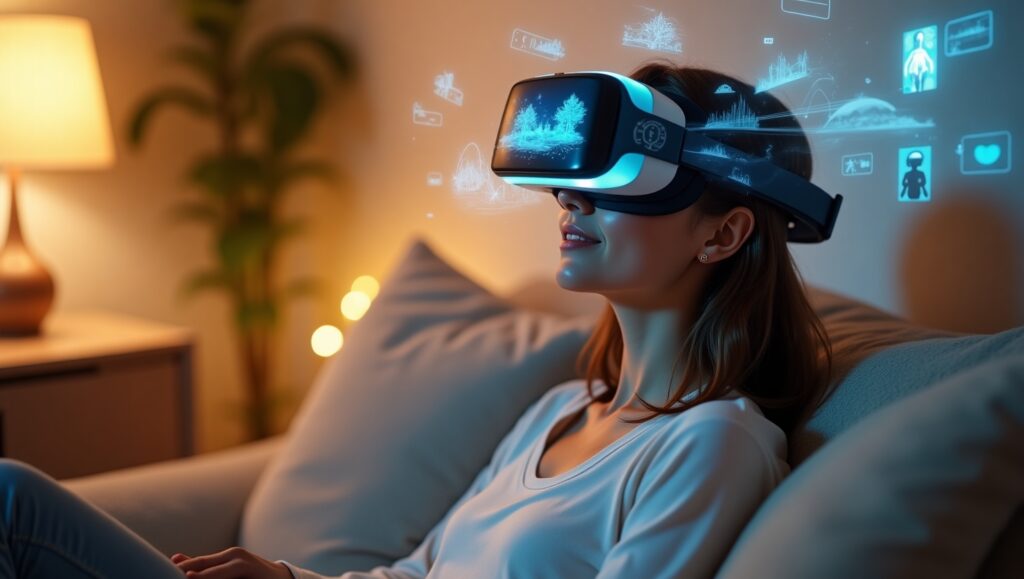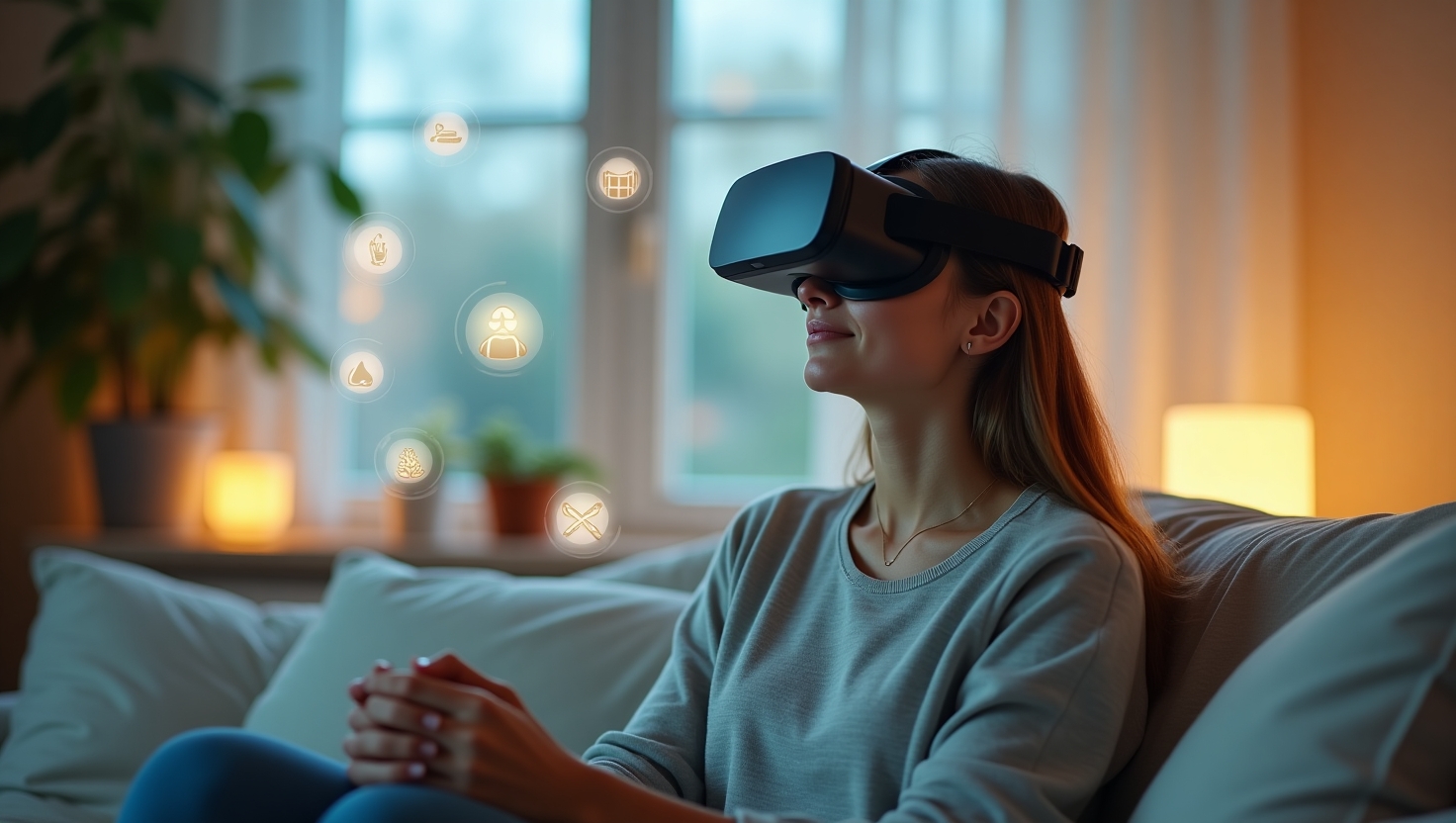Stress is everywhere. Deadlines loom, social pressures mount, and life seems to speed up daily. In fact, over 77% of people experience stress that affects their physical health, according to the American Psychological Association. But what if you could face your stressors head-on, in a safe space, without real-world consequences? That’s where VR and AR simulations step in. These immersive technologies are revolutionizing stress management by letting users practice coping strategies in lifelike scenarios. Let’s dive into how they work and why they’re making waves globally.

What Are VR and AR Simulations?
First, a quick breakdown. Virtual Reality (VR) transports you to a fully digital world through a headset, shutting out reality. Augmented Reality (AR), on the other hand, overlays digital elements onto the real world, often via a smartphone or glasses. Both create immersive experiences, but their applications go far beyond gaming.
In stress management, VR might plunge you into a virtual boardroom to practice a nerve-wracking presentation. AR could project calming visuals into your living room during a tense moment. These tools simulate environments so convincingly that your brain reacts as if they’re real. Pretty cool, right?
How Do VR and AR Help with Stress Management?
Imagine this: You’re terrified of public speaking. Your palms sweat just thinking about it. With VR, you can stand before a virtual crowd, feel the nerves, and practice breathing techniques until you’re calm. This is a twist on exposure therapy—a proven method where people gradually face fears in controlled settings.
AR takes a different angle. It might guide you through mindfulness exercises by projecting serene landscapes over your desk. Studies show these simulations work because the brain processes virtual experiences similarly to real ones. For example, a 2021 study from Stanford found VR exposure reduced anxiety by up to 25% in participants. By practicing in these safe spaces, you build skills that transfer to real life.
Moreover, these tools let you customize scenarios. Afraid of crowded places? VR can recreate a busy subway. Tight deadline stress? AR can simulate a ticking clock while teaching you to stay focused. It’s like a personal stress gym.
Real-World Applications and Success Stories
So, who’s using this tech? Plenty of innovators are jumping in. Take Calm, a popular meditation app. They’ve partnered with VR platforms to offer immersive relaxation sessions—think virtual beaches with guided breathing. Then there’s Psious, a VR therapy tool used by clinicians to help patients manage phobias and stress. Users report feeling more in control after just a few sessions.
One success story comes from Sarah, a 32-year-old teacher from California. She struggled with classroom anxiety. Using a VR program, she practiced managing rowdy students in a simulated setting. “It felt so real,” she said. “By the time I faced my actual class, I knew exactly how to stay calm.” Research backs this up—a study in the Journal of Clinical Psychology showed VR therapy improved stress resilience in 68% of participants.
Big companies are noticing too. Google and Microsoft are exploring AR wellness apps, hinting at a booming market. These tools aren’t just gadgets—they’re changing lives.
The Future of Stress Management with VR and AR
What’s next? The possibilities are thrilling. Researchers are developing more affordable VR headsets, like the Oculus Quest, making this tech accessible to more people. AR glasses, such as those rumored from Apple, could soon blend stress relief into daily routines seamlessly.
However, challenges remain. Cost is a hurdle—top VR setups can run hundreds of dollars. Plus, not everyone’s comfortable diving into virtual worlds. Still, as prices drop and tech improves, experts predict a surge in adoption, especially in Western countries where mental health awareness is growing.
Picture this future: A busy professional slips on AR glasses during a break, instantly surrounded by a calming forest. Or a student uses VR to ace a stressful exam prep. These innovations could democratize stress management, offering tools to anyone with a headset.
Conclusion
VR and AR simulations are more than just tech trends—they’re game-changers for stress management. By creating realistic scenarios, they empower users to practice coping strategies safely and effectively. From virtual therapy sessions to mindfulness overlays, the success stories are piling up. As these technologies evolve, they promise to make stress relief more accessible than ever.
Ready to tackle your stress? Explore VR and AR solutions today. The future of mental well-being might just be a headset away. What do you think—could this tech help you find your calm?
